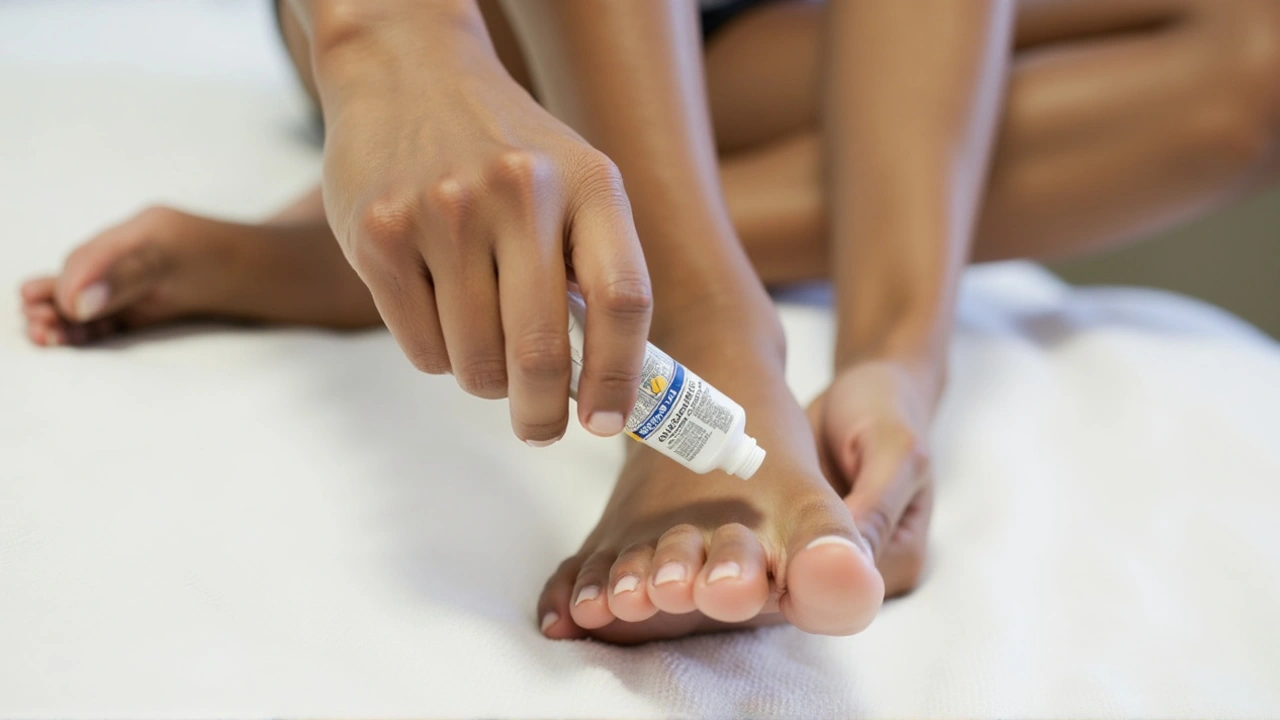Foot fungus: when to consider prescription treatment
In August 2024 we covered how to tell if your foot fungus needs more than over-the-counter creams. If your symptoms keep coming back, spread to toenails, or don’t improve after a few weeks of OTC care, a prescription may be the safer, faster option.
So how do you know the difference between a stubborn rash and something that needs stronger meds? Look at severity, location, and who you are. Mild itch and peeling between toes often respond to topical OTC antifungals. But if the infection reaches the nail, causes thick, crumbly nails, or comes with significant pain or swelling, that’s a red flag.
Clear signs to see a doctor
If you have diabetes, a weakened immune system, or poor circulation, treat any foot infection seriously. Also see a clinician if your feet develop blisters, pus, fever, or spreading redness. Repeated infections after treatment suggest a resistant strain or an underlying issue that needs prescription therapy and possibly lab testing.
Another common sign: OTC treatments fail after 2–4 weeks. Don’t keep switching creams. A doctor can confirm the diagnosis—often with a simple scraping or nail sample—and recommend the right prescription antifungal.
What prescription options look like
Prescription choices fall into two groups: oral and topical. Oral antifungals like terbinafine, itraconazole, or fluconazole are commonly used for nail infections and widespread skin cases. They work better for deep or persistent infections but need monitoring for side effects and drug interactions.
Topical prescription options include stronger creams or medicated nail lacquers such as ciclopirox or newer agents for onychomycosis. These can be useful for limited infections or when oral meds aren’t safe. Expect treatment to take weeks to months—nails grow slowly, and skin may need repeated care.
Before starting an oral drug, your clinician may request a liver test or review other medications you take. Always mention allergies and pregnancy or breastfeeding status—some antifungals aren’t safe in those situations.
Alongside meds, simple foot care makes a big difference. Keep feet dry, change socks daily, use breathable shoes, and alternate pairs to allow drying. Antifungal powders and proper nail trimming reduce recurrence. Avoid walking barefoot in public locker rooms and share treatment info with close contacts if household spread is likely.
If you spot thickened nails, yellowing, or a spreading rash that won’t quit, book a visit. Early, correct treatment prevents complications and stops the fungus from settling in for the long haul. For details, refer to the full August 2024 article on SpringMeds for symptom checklists, treatment timelines, and what to ask your healthcare provider.

